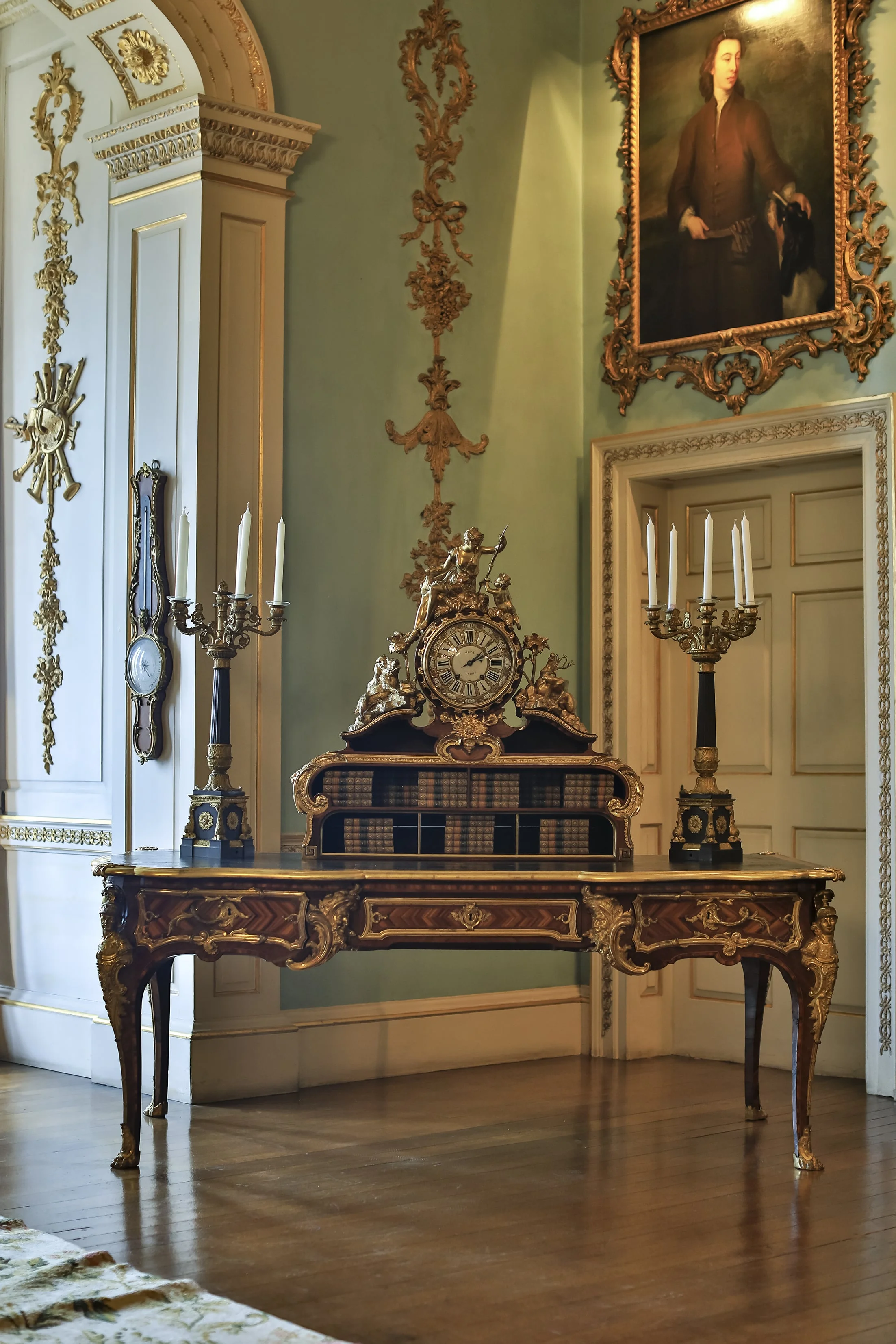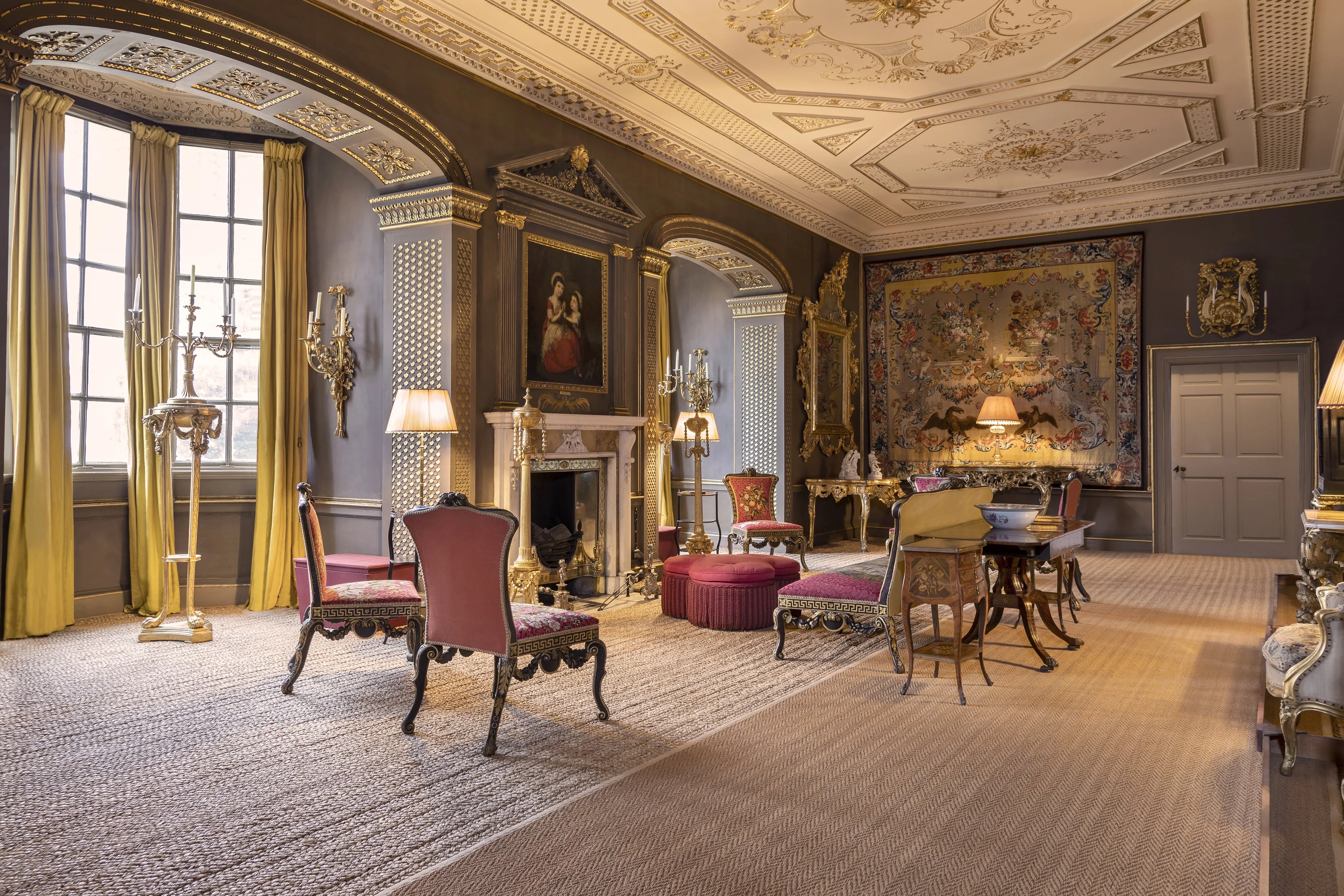Grimsthorpe Castle: An Estate of Royal Significance and Architectural Grandeur
Overview
Dating back to the early 13th century and profoundly reshaped in the Baroque style by Sir John Vanbrugh, Grimsthorpe Castle has been a royal residence, an RAF base, and continues as a family home under the stewardship of the Willoughby family, renowned for its significant historical collection and architectural marvels.
History
There has been a castle of some kind on the site of Grimsthorpe Castle since at least the early 13th century – a turbulent time for men of castles and castles themselves. After Henry VII came to the throne in 1485, Grimsthorpe’s then owner Francis Lovell, 1st Viscount Lovell rebelled against the new king, and had his property confiscated. The new owner from 1516 was William Willoughby, 11th Baron Willoughby de Eresby, in whose family the estate has remained since. His daughter Katherine inherited the title and the castle in 1526, aged seven. After she married Henry VIII’s courtier and brother-in-law Charles Brandon, 1st Duke of Suffolk, in 1533, works began at Grimsthorpe to extend and rebuild the house on the site. In 1541, Henry VIII visited the house en route to York. Over a century later in 1707, Montagu Bertie, 15th Baron Willoughby de Eresby rebuilt the north front of Grimsthorpe in the classical style, before his son Robert employed Sir John Vanbrugh to design a magnificent Baroque front to the house in celebration of his 1715 promotion as the first Duke of Ancaster and Kesteven. It was to be Vanbrugh’s last country house. The dramatic Great Hall he built in the house, with its ceiling decorations by Francesco Sleter and Sir James Thornhill, was subsequently described by the art historian Nikolaus Pevsner as ‘unquestionably Vanbrugh’s finest room’. The landscape architect Lancelot ‘Capability’ Brown was employed at Grimsthorpe twice in his career, by two different Dukes of Ancaster – first, in the 1740s, and then again in the 1770s when the 3rd Duke commissioned Brown to extend the park and create a new deer park. During the First World War Grimsthorpe was used by the nascent Royal Air Force, while during the Second World War the Parachute Regiment trained for Operation Market Garden there. When James Heathcote-Drummond-Willoughby, 3rd Earl of Ancaster died in 1983, having been predeceased by his son Timothy, his daughter Jane Heathcote-Drummond-Willoughby, 28th Baroness Willoughby de Eresby became the custodian of Grimsthorpe. She has built on the house’s extraordinary collection, adding works by Lucien Freud and Francis Bacon. Her co-heir presumptive Sebastian Miller and his wife Emma now look after Grimsthorpe, and have made their home there.

Best known for
Its collection which features a large number of royal thrones and furnishings, themselves deriving from the Willoughbys’ role of joint Lord Great Chamberlain, the monarch’s representative at the Palace of Westminster
Future-planning
Grimsthorpe’s park is a Site of Special Scientific Interest (SSSI) and probably the best example of ancient parkland in Lincolnshire, its mature trees supporting more than 250 species of beetle.

Don’t go home without seeing
Vanbrugh’s spectacular great hall, the centrepiece of Grimsthorpe
Drop by…
The Griffin Inn in Irnham, run by local landowner Sir Jamie Benton Jones
Need another local heritage fix?
Easton Walled Gardens is only 11 miles away
Our favourite line
‘[Grimsthorpe is] very special indeed: a serene and gracious facade, with corner towers and Doric columns, which gloriously express the joys of architecture’ – Hugh Montgomery- Massingberd, 1994


